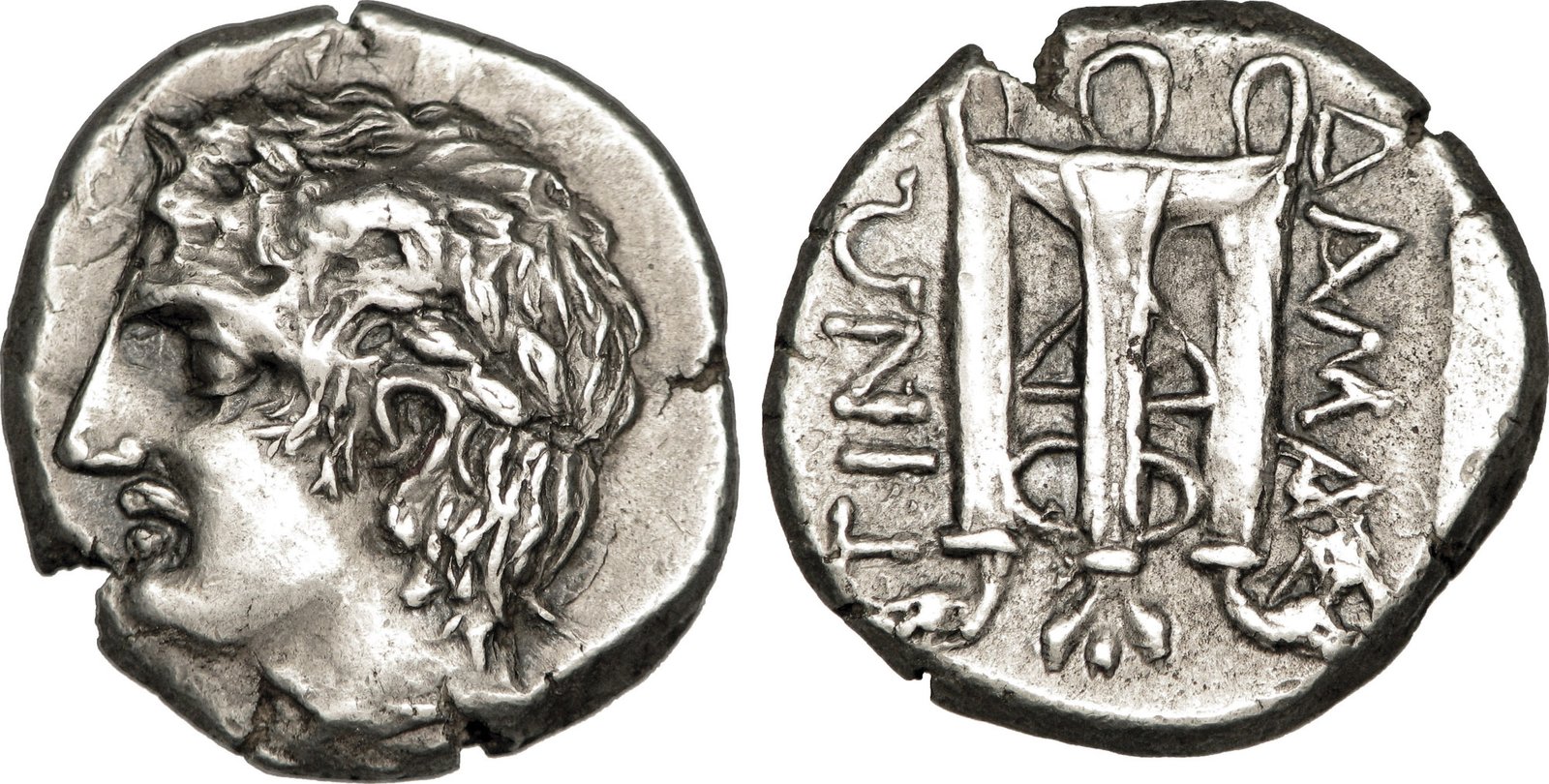Ancient Illyrian Coin Mints: Where History Was Struck
If you’ve ever held an Illyrian coin in your hand, chances are it came from one of a handful of ancient cities scattered across the western Balkans. These weren’t just random outposts — they were active mints, where local kings and city-states stamped silver and bronze into symbols of power, trade, and survival.
Unlike the grand mints of Rome or Athens, Illyrian coin production was smaller, more regional — but no less fascinating. From coastal ports like Dyrrachium to island strongholds like Pharos, each mint had its own story and coin types.
Here’s a collector’s guide to the key mints behind Illyrian coinage — where they were, who used them, and what to look for.
📍 Dyrrachium – The Gateway Mint
Dyrrachium (modern-day Durrës in Albania) wasn’t just an Illyrian city — it was a major trading hub. Originally founded as a Greek colony, it eventually came under Illyrian rule. That’s when things got interesting numismatically.
Coins from Dyrrachium started off with the usual Greek-style designs — think Pegasus flying on one side, helmeted Athena on the other. But when Monunius I took over in the 3rd century BCE, he made a bold move: he minted coins with his own name. That silver drachm featuring a cow suckling a calf? It came from here.
🪙 Collector Note: If you find one of these Monunius drachms with a clear inscription, you’re holding one of the most iconic pieces of Illyrian history — struck in Dyrrachium.
📍 Apollonia – The Twin of Dyrrachium
Not far from Dyrrachium, along the Albanian coast, sat Apollonia. It’s often paired with its neighbor because they shared trade routes, culture, and even coin designs. Like Dyrrachium, Apollonia issued silver drachms based on the Corinthian standard — and yes, Pegasus makes another appearance.
What sets Apollonia apart is the variation in symbols and mint marks. Some show different monograms or subtle tweaks in Athena’s helmet — the kind of things collectors get excited about when comparing strikes side by side.
💡 Tip for Collectors: Early Apollonian coins can be mistaken for Dyrrachium types, so always check the reverse control marks — they often tell the full story.
Pharos – Ballaios’ Bronze Powerhouse
Now, if there’s one mint that truly reflects Illyrian independence in action, it’s Pharos — the island we now call Hvar, off the Croatian coast.
This is where King Ballaios made his mark — quite literally — by producing huge quantities of bronze coins. You’ll recognize his portrait instantly: a youthful face with a royal diadem, sometimes sharp, sometimes a bit crude, depending on the die.
The reverse usually shows Artemis or Nike, and almost always includes the king’s name in Greek: ΒΑΣΙΛΕΩΣ ΒΑΛΛΑΙΟΥ.
Why so many coins from this one mint? Likely because Ballaios used Pharos to supply coastal trade routes and reinforce his influence across the Adriatic. These weren’t ceremonial — they were working coins, meant to circulate far and wide.
🪙 In the wild: You’ll spot Ballaios coins in collections from Albania, Bosnia, Montenegro, and even Italy. Some are rough, but the right piece with good detail is a treasure.
📍 Rhizon – The Overlooked Mint in the Bay
Tucked into today’s Montenegro, in the Bay of Kotor, lies the ancient city of Rhizon (modern Risan). It doesn’t get as much attention as Pharos or Dyrrachium, but it probably should.
Rhizon was once the seat of Queen Teuta, the famous Illyrian pirate queen who gave the Romans serious headaches in the 3rd century BCE. While there’s no fully confirmed coinage directly attributed to her, it’s likely that Rhizon functioned as a mint during her reign or shortly after.
Coins from this region are scarce and hard to pin down. Some show local tribal symbols, while others mimic Greek styles — which makes sense given the city’s mix of cultures.
💡 Collector Insight: If you ever come across a bronze with unfamiliar symbols and partial Greek inscriptions from this area — don’t dismiss it. You might be looking at a rare regional strike from Rhizon.
📍 Lissus – The Last Line Before Rome
Finally, there’s Lissus — a stronghold in northern Albania (modern Lezhë), often associated with King Gentius, the last Illyrian ruler before Rome conquered the region.
It’s believed that Lissus might have been the royal mint where Gentius struck his final coin issues before his defeat in 168 BCE. The coins themselves are tough to identify with certainty, but some bronzes featuring tripods, horsemen, or male busts have been linked to him.
There’s no grand volume like with Ballaios, but the few coins that survive are highly collectible — and a poignant reminder of Illyria’s final resistance.
🪙 Watchlist: Gentius coins from Lissus are often labeled “Illyrian uncertain” in auctions — but serious collectors know exactly what they’re looking at.
🧭 Summary: Major Illyrian Mints
| Mint | Known For | Associated King | Coin Types |
|---|---|---|---|
| Dyrrachium | Monunius drachms | Monunius I | Silver drachms |
| Apollonia | Corinthian-style issues | Local rule | Silver drachms |
| Pharos | Massive bronze output | Ballaios | Bronze AE |
| Rhizon | Rare regional strikes | Queen Teuta (?) | Bronze (uncertain) |
| Lissus | Final Illyrian issues | Gentius | Bronze/silver AE |
Why These Mints Matter to Collectors
For many ancient coin collectors, Illyrian issues are a step off the beaten path — and that’s the beauty of it. These mints:
-
Tell us which cities held power
-
Show how native kings adapted Greek techniques
-
Offer insights into a region caught between resistance and assimilation
-
Provide genuine collecting challenges — especially when it comes to attribution
And with more Illyrian coins still being discovered, especially in the Balkans, this is a field where new research and collecting opportunities keep emerging.

